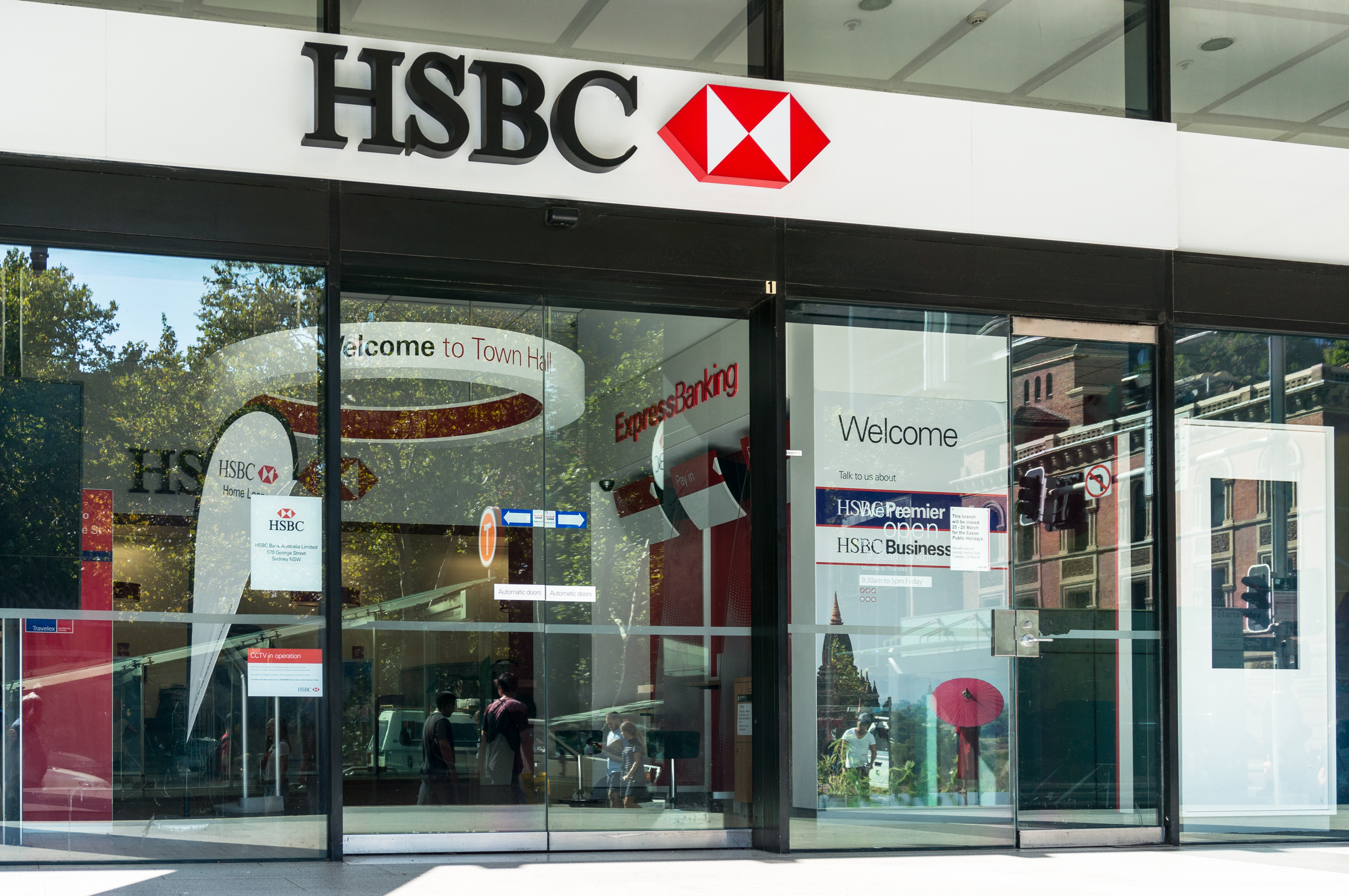
HSBC has outlined plans to become a more “dementia-friendly” bank with a range of initiatives.
A guide to help customers living with the condition and those who support them is being piloted in 10 HSBC branches, giving tips on keeping track of spending and protecting against fraud.
HSBC said it aims to roll the guide out nationwide.
Staff are also undergoing information sessions to understand more about dementia.
Common symptoms of dementia, such as memory loss and problems communicating, can make managing finances more challenging.
The bank, which has around 17 million customers in the UK, has been working with Alzheimer’s Society and Alzheimer Scotland and has committed to raising £3 million during a three-year partnership.
HSBC said it is also looking at ways to improve products and services, including improving the website to ensure it is accessible for people living with dementia.
Francesca McDonagh, head of wealth and retail banking at HSBC UK said its launch of voice recognition technology last year, whereby customers can simply use their voice as their password, rather than having to remember a Pin, is one example of the ways the bank is making services simpler to use.
She said: “Through this partnership, training of our staff, the launch of the guide and the Dementia Friends information sessions, we hope to provide even more support to help people living with dementia feel assured that they are banking within a trusted environment.”
Jeremy Hughes, chief executive of Alzheimer’s Society, said: “Visiting a bank branch can be an overwhelming task for a person with dementia.
“What many take for granted as easy, everyday banking tasks like, remembering a Pin or other personal information, can suddenly become an unexpected challenge.
“Through this partnership with HSBC, we hope to create a space where those affected by dementia feel supported and treated as equal members of society.”
Here are some of the tips included in HSBC’s guide:
- To keep on top of your spending, keep a written record of what is spent and retain receipts for all transactions. Make sure to regularly check statements too.
- Regular payments such as standing orders and direct debits can help ensure payments are made on time and made for the correct amount.
- Ensure the right access is set up for getting assistance from others with finances.

Enjoy the convenience of having The Sunday Post delivered as a digital ePaper straight to your smartphone, tablet or computer.
Subscribe for only £5.49 a month and enjoy all the benefits of the printed paper as a digital replica.
Subscribe